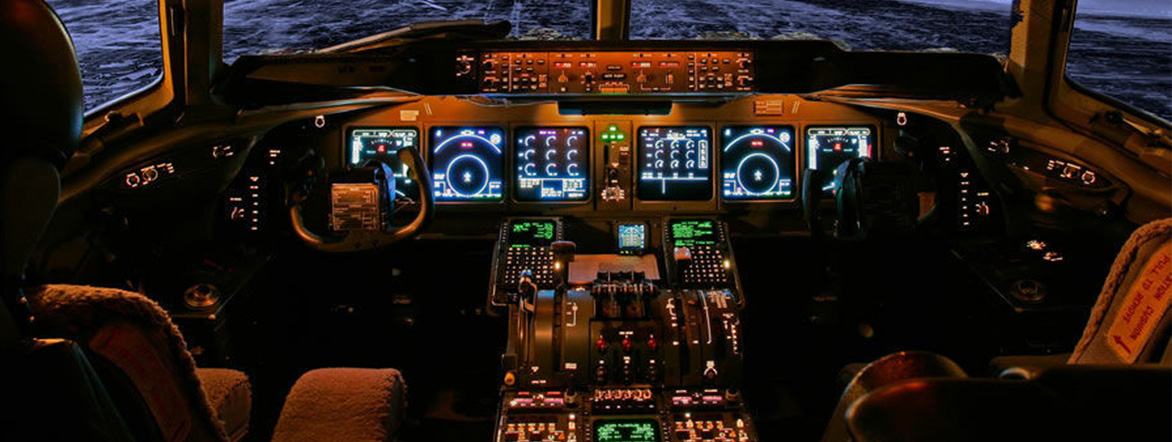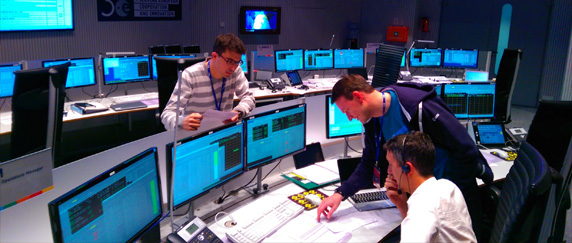CONTACT US
Would you like to speak to one of our scientist? Just submit your contact details and we’ll be in touch shortly. You can also email us if you prefer that type of communication.

David has a long checklist to go over, before his first morning flight leaves the runway. From the comfort of his dining room, over his morning coffee, he logs on remotely to the SR-SCARA-Pro robot situated in the cockpit. When activated, the robot arm quickly activates a well placed camera, and begins the pre-flight check of the instrument panel, physically activating the toggles, switches, and touch panel functions, to insure operational readiness. Satisfied with the results, David drives to the airport, knowing he will easily meet his departure schedule.
The above example illustrates the possible use of robotics in the Aviation Industry, which is struggling to meet a growing demand for travel and commerce. Commercial aircraft still utilize toggles and switches in the cockpit, along with State-of the Art touch panels. Much of the reasoning behind this involves the physical accuracy of switch activation in manual flight mode…it’s easy to make a slight error when using a touchpad, especially in the middle of a turbulent flight. Control panels must be rigorously tested, both in production, and during regular use.
Before now, instrument panels could not be accessed remotely, due to the need to physically activate toggles and switches. Enter SR-SCARA-Pro, a lightweight SCARA robot which can be customized for testing of commercial control panels.

For touch screen testing, the SR-SCARA-Pro goes light years beyond human capability, performing up to 800 touches per minute, without the element of human error.
Easily programmable, and having the ability to interface with existing software used for testing, the SR-SCARA-Pro has the capability to provide remote, accurate testing, in a fraction of the required time. With the ability to touch, press, and swipe, SR-SCARA-Pro can easily master the demand of a multi-faceted control panel. An example of this would be an Air Traffic Controller in the United States, remotely managing and directing air traffic in Asia.

Safe operation of an aircraft depends upon every component being able to perform correctly under both normal, and emergency conditions. Aircraft are historically rarely subject to mechanical failure, but with increasing automation being the trend in the Aviation Industry, the possibility of system related error also increases. The need for in-depth testing of these flight systems is on the rise, to include:
Intensive checks in the production of these systems are time consuming, as well as subject to human error. Robotic checking can provide superior efficiency, reducing time,cost and number of errors which will allow for further expansion and growth. With the ability for remote testing and, and remote monitoring of test results, SR-SCARA-Pro can allow for multinational teams to evaluate the reliability and efficiency of their designs, with accurate, repetitive techniques.